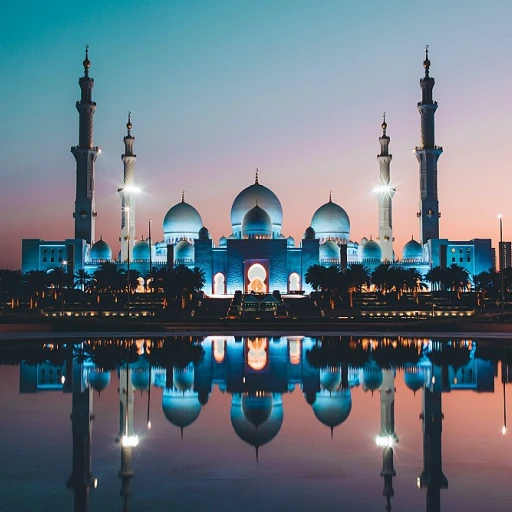The Allure of Peru's Peaks
Peru's Magnetic Pull for Mountaineers
For those who seek the thrill of mountain climbing, the peaks of Peru offer an irresistible lure. Dominating the landscapes of South America, Peru's mountains promise climbers a range of awe-inspiring adventures. The undeniable appeal of this remarkable country stems from its diverse terrains, rich history, and cultural tapestry.
The Cordillera Blanca, renowned for being one of the most beautiful mountain ranges worldwide, serves as a primary destination for climbing enthusiasts. Featuring peaks that soar over 6,000 meters, adventurers have the opportunity to tackle technical ascents or more accessible summits. Meanwhile, the Cordillera Huayhuash presents a unique challenge with its rugged and untamed beauty. This region has gained fame through documentaries and tales of perseverance, and its allure is amplified by the tranquility of its less traversed paths.
Beyond the natural grandeur, Peru's mountains boast an enticing cultural dimension. The blend of ancient Inca history and modern Andean traditions create a rich environment for cultural immersion. Venturing through Day Huaraz, climbers often find encounters such as traditional markets or cities humming with local life, offering a contrast to the quiet serenity of the summits.
Despite the beauty and allure, the challenges of mountaineering in Peru are - as any expert guide would advise - not to be underestimated. The changing conditions, demanding climbs, and high altitudes require meet each climb day with preparation and respect for the mountains. With the right skills and equipment, including Gore-Tex jackets and Black Diamond gear, climbers can safely conquer these formidable peaks.
Highlighting the interplay between natural beauty and human history, each Peru climbing expedition leaves a lasting impression. Whether atop the peaks of Pisco or navigating the trails of the Inca trail, the expansive view from the summit seems to capture the essence of adventure and cultural connection.
Essential Gear for the Peruvian Andes
Equipping Yourself for Success in the Andes
Preparing for a Peru climbing expedition demands meticulous consideration of your gear, especially given the challenging nature of the Peruvian Andes. Having the right equipment is crucial to safely and comfortably navigating the awe-inspiring peaks of the Cordillera Blanca and Cordillera Huayhuash.
When it comes to gear, layers are your best friend. The unpredictable weather at high altitudes calls for versatile clothing such as Gore-Tex jackets, which offer excellent protection against wind and rain. Men and women climbing the daunting peaks, like the famous Pisco, will find that proper layering is key to maintaining body temperature.
Footwear is another essential consideration. Your journey from the base camp to the summit will involve traversing diverse terrains, often over several days. Invest in durable, high-quality mountain climbing boots that provide excellent ankle support and grip.
Technical equipment is indispensable for safe navigation and ascent. Ensure you have a reliable ice axe and crampons, especially when tackling the icy paths of moraine camps. A guide or structured climbing school can offer invaluable advice on the use of such equipment, particularly for those less experienced in scaling peaks of this magnitude.
Additionally, as you prepare for summit day, consider the long-term reliability of your backpack. A durable pack like those from Black Diamond, designed for multi-day expeditions, can efficiently carry all necessary supplies. Spend some days adjusting and testing your pack before your trip begins to ensure it’s comfortable and suits your needs.
Equipping yourself for climbing in Peru is not just about having the gear but understanding how each piece contributes to the success of your expedition. With the right preparation, you’ll be well on your way to experiencing the thrilling essence of Peru’s peaks.
Navigating the Trails: Popular Routes
Discovering the Pathways to Peruvian Peaks
Peru, a haven for mountaineering enthusiasts, offers a rich tapestry of trails and routes that beckon climbers from across the globe. The stunning Cordillera Blanca is a focal point for those seeking an unforgettable expedition in South America. This expansive range boasts some of the highest peaks in Peru, each offering its own set of challenges and rewards.
FAQs about Popular Routes
- Where should I start? Huaraz, often referred to as the gateway to the Peruvian Andes, serves as the perfect base. Here, climbers can acclimate to the high altitude and prepare for their journey.
- What are the must-climb peaks? Popular choices include the majestic Pisco and the imposing peaks of the Cordillera Huayhuash. These routes vary in days and difficulty, offering options for both novice and seasoned climbers.
- What should I expect on Summit Day? A typical summit day involves setting out from the moraine camp in the early hours. The precise duration and challenges of the day will vary depending on the chosen climb. Gear like ice axes and reliable footwear, including brands like Black Diamond, Gore-Tex, Men Black, and Women Black, proves essential.
Beyond these iconic trails, the mesmerizing vistas and cultural experiences to be had along the way add another layer of richness to any climbing expedition in Peru. From the awe-inspiring views of the Andes mountains to the chance encounters with those living in the shadow of these formidable peaks, each day promises unique discoveries.
For those seeking both adventure and luxury, exploring exclusive retreats beyond the mountains could offer the perfect balance to your journey. Blending cultural heritage with breathtaking landscapes, Peru remains an unrivaled destination for mountaineers and travelers alike.
Cultural Interactions Along the Way
Embracing Local Culture and Traditions
Mountaineering in Peru is as much about the people you meet as it is about the peaks you climb. The country's rich cultural tapestry is woven into the landscape itself, offering climbers a unique opportunity to engage with the indigenous communities that call these majestic mountains home.Encounter the Warmth of Peruvian Culture
As you embark on your expedition, you will traverse through villages that have sustained ancient Andean traditions for centuries. The locals, often seen in vibrant traditional attire, are known for their hospitality. While communicating with them, you'll learn about their way of life, traditions, and beliefs.- Quechua Language: As the official language of many Andean communities, basic phrases in Quechua can be a great tool to connect with locals.
- Festivals and Rituals: If your trip coincides with a local festival, you'll likely witness colorful ceremonies and ancient rituals dedicated to Pachamama, the Earth Mother.
Local Cuisine and Delicacies
After a long day of climbing in the high altitude, tasting the traditional Peruvian cuisine is an experience on its own. The villages offer authentic meals prepared with ingredients grown in the fertile Andean soil.- Cuy (Guinea Pig): A delicacy in these regions that showcases the locals' culinary heritage.
- Papa a la Huancaina: A staple dish made from locally sourced potatoes, providing the nutrients needed for those trekking days.
Respect and Responsibility
While engaging with locals, respect for their customs and traditions is essential. The Peruvian Andes aren't just mountains to climb; they are sacred spaces for the indigenous people. Treating the environment and its inhabitants with care ensures a mutually enriching experience for both visitors and locals. In these interactions, climbers are reminded that this adventure is not just about reaching the summit but about forging connections and understanding the world from a broader perspective. The people, like the stunning Cordillera Blanca or the mystic trails towards Machu Picchu, leave a lasting impression on those who take the time to listen and learn.Environmental Considerations and Conservation
Protecting Peru's Majestic Landscapes
When embarking on an expedition through the Peruvian Andes, one cannot ignore the pressing environmental considerations. These breathtaking peaks, including the renowned Cordillera Blanca, hold more than just the allure of climbing to their summits; they represent delicate ecosystems that demand conscientious effort from climbers. Peru is home to one of the most biodiverse regions on Earth. The range of flora and fauna encountered in this South American paradise is truly astounding. As you climb through the various altitudes, particularly near regions like Huaraz, the shifts in ecosystems from base camp to summit are evident. Each expedition, whether it's to the well-trodden Machu Picchu or the demanding Pisco, impacts these fragile environments.- Sustainable Practices: Guidelines from your climbing school emphasize reducing your environmental footprint. This involves sticking to trails to minimize disturbances, disposing of waste responsibly, and avoiding unnecessary alteration of natural elements.
- Flora and Fauna: While the temptation to touch and feel the surroundings is strong, remember that these practices can disrupt local ecosystems. Admiring the diverse plant life and unique species such as the elusive Andean condor from a distance ensures their preservation for future adventurers.
- Water Sources: Often, meltwater streams in the moraine camps offer hydration and need protection. Avoid contaminating these vital resources by using them responsibly and leaving them as pristine as you found them.
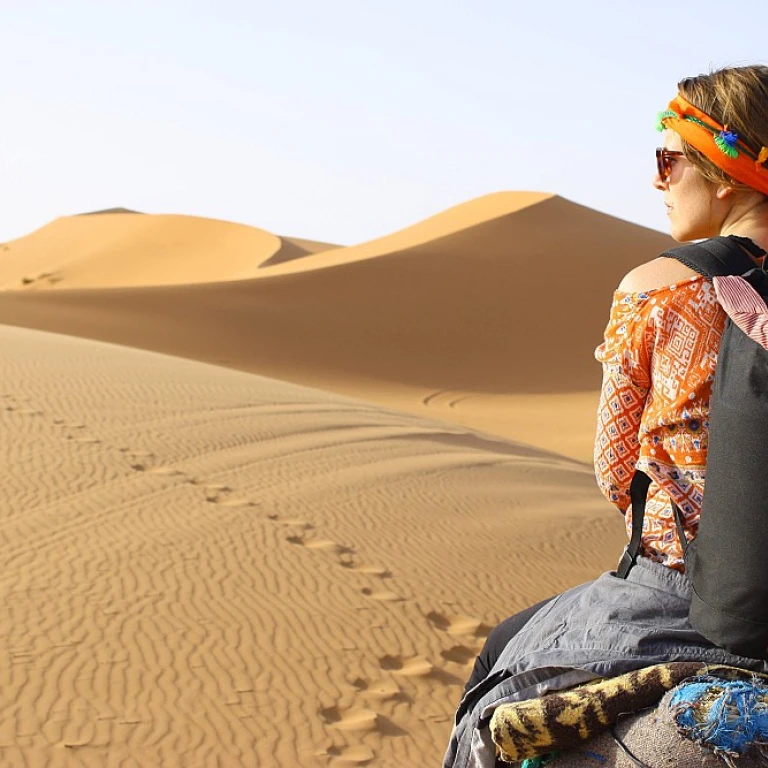
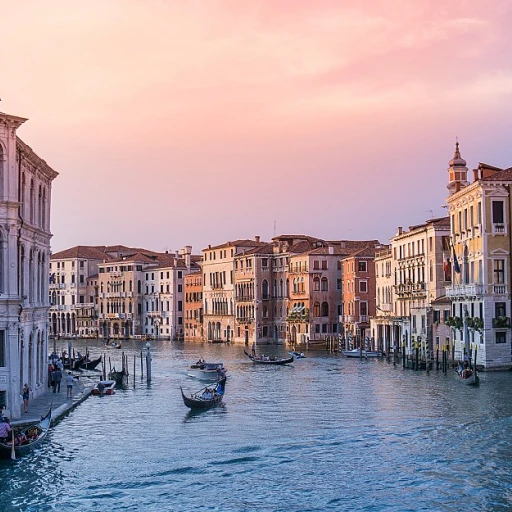
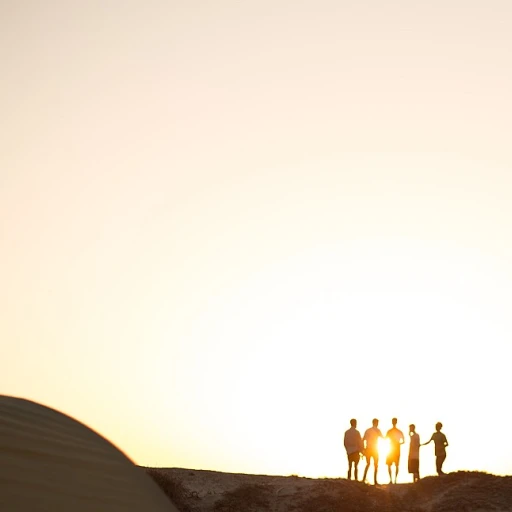
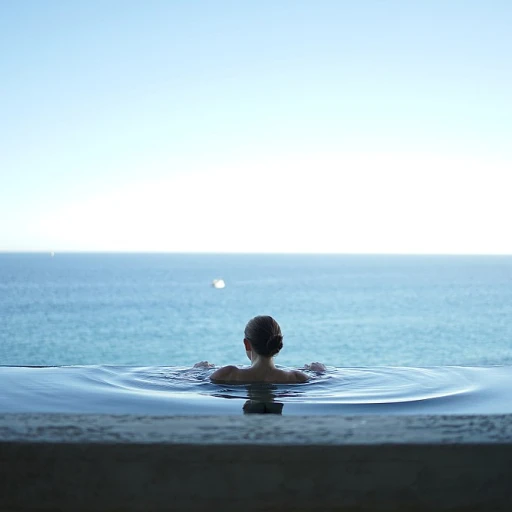


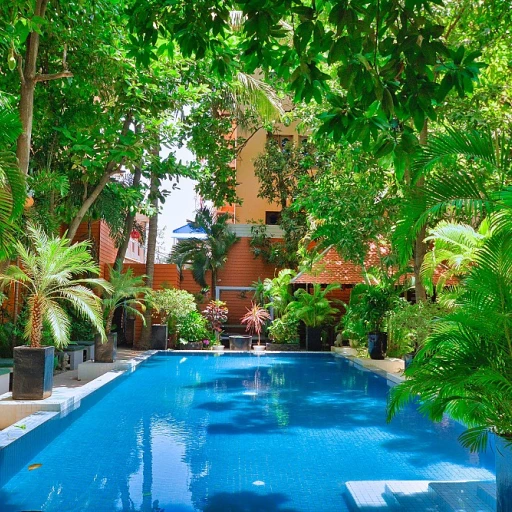

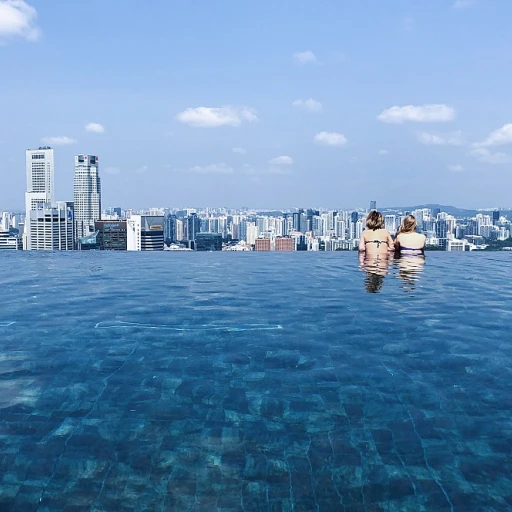
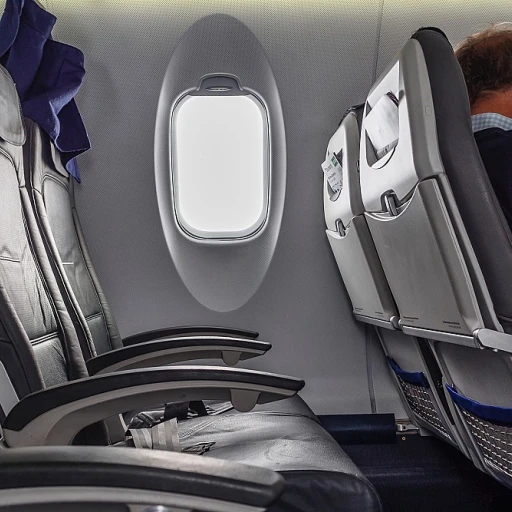
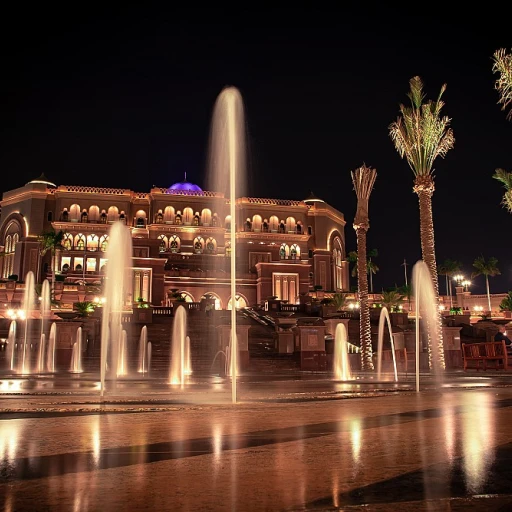
-large-teaser.webp)
